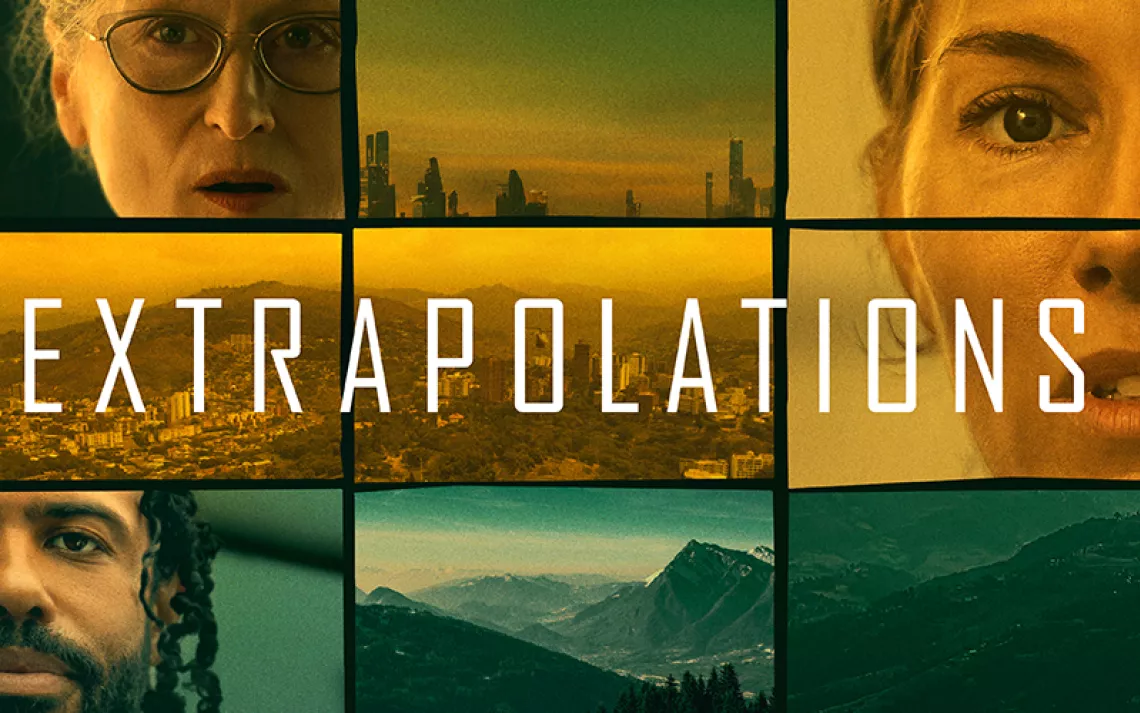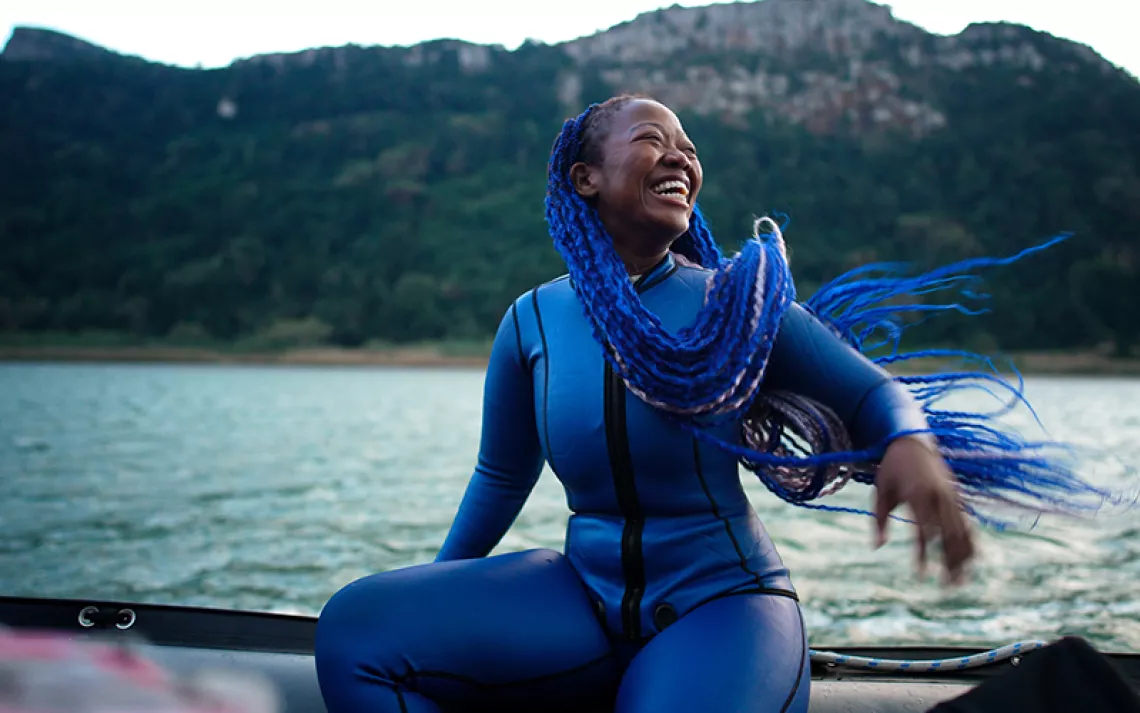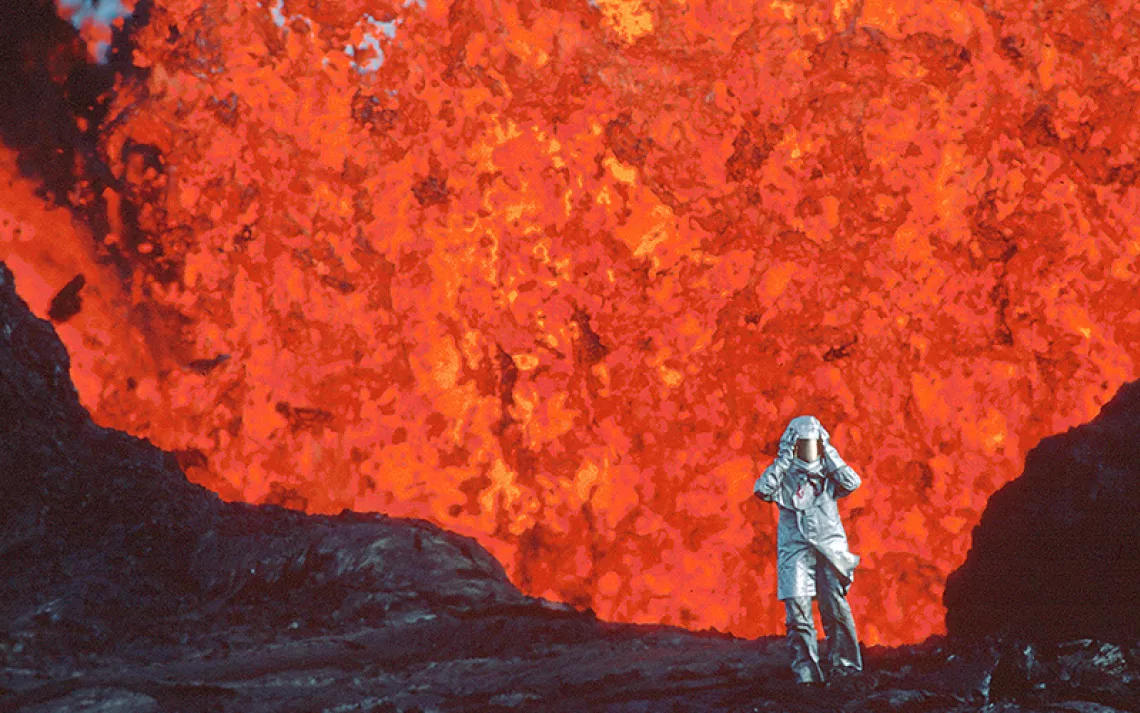Inside Rainn Wilson’s “An Idiot’s Guide to Climate Change”
What does “The Office” star have to teach us about climate catastrophe?
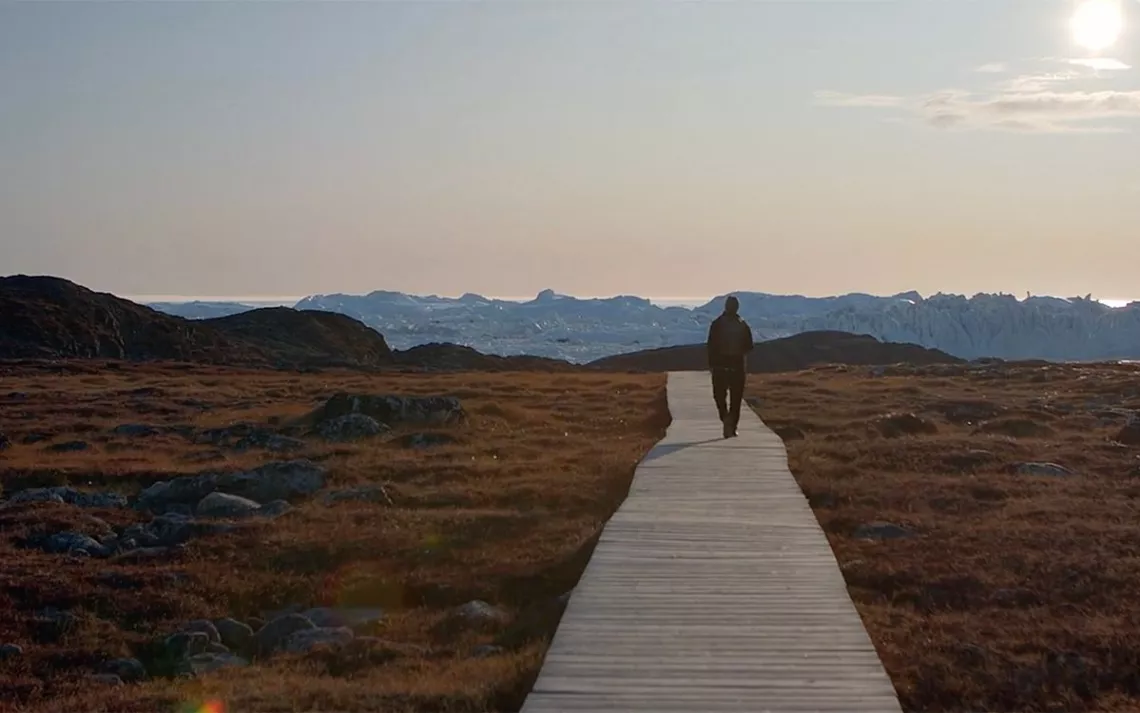
Photos courtesy of SoulPancake
In Season 3 of The Office, Michael Scott asks Dwight Schrute to name the most inspiring thing Michael, Dwight’s boss, has ever told him. Dwight answers immediately: “‘Don’t be an idiot.’ Changed my life.”
Thirteen years after the filming of that scene, Rainn Wilson (the actor who plays Dwight) is still turning this advice over in his head. But he’s moved away from office politics and into something larger-scale: climate change. In his new six-part YouTube docu-series, An Idiot’s Guide to Climate Change, launched last month through SoulPancake (his platform dedicated to positive and uplifting digital content), Wilson jets around the world talking to scientists and activists about their work.
An Idiot’s Guide to Climate Change is exactly what you’d expect from a sitcom actor: irreverent, playful, relatable. It leans on Wilson’s popularity and his wry, self-deprecating humor to make climate change seem less daunting.
The series opens with Wilson walking the streets of Reykjavík, Iceland, with astronomer Sævar Helgi Bragason, whom he dubs the “Bill Nye of Iceland.” Wilson is toting fluffy recording equipment and squinting into the sun, joking that he was on a famous TV show. Bragason laughs a little. “I had to Google you,” he tells Wilson. Falling back into an old Dwight bit, Wilson turns to face the camera. The scene cuts, light lo-fi beats play, and the series title stretches across a spinning globe.
We’ve seen this play out before. Famous actor arrives at glacier; local scientist tells him just how fast it is melting. Long aerial shots of fracturing ice sheets are punctuated with close-ups of the actor staring pensively at the landscape while a voiceover rattles off increasingly devastating statistics. A plane ride, a boat ride, a helicopter ride, darkened clips of smokestacks billowing pollution into the air. A chilling declaration: This is all our fault.
Leonardo DiCaprio did it, Zac Efron did it, and now, Rainn Wilson. This is an objectively good use of a celebrity platform, certainly better than using one’s status to peddle products. Making the climate movement accessible and mainstream is crucial, and I’m glad Wilson has stepped into the fray. Still, against the backdrop of conversation-changing youth activists, I wondered who exactly Wilson was trying to reach through this series—and what exactly he wanted them to learn.
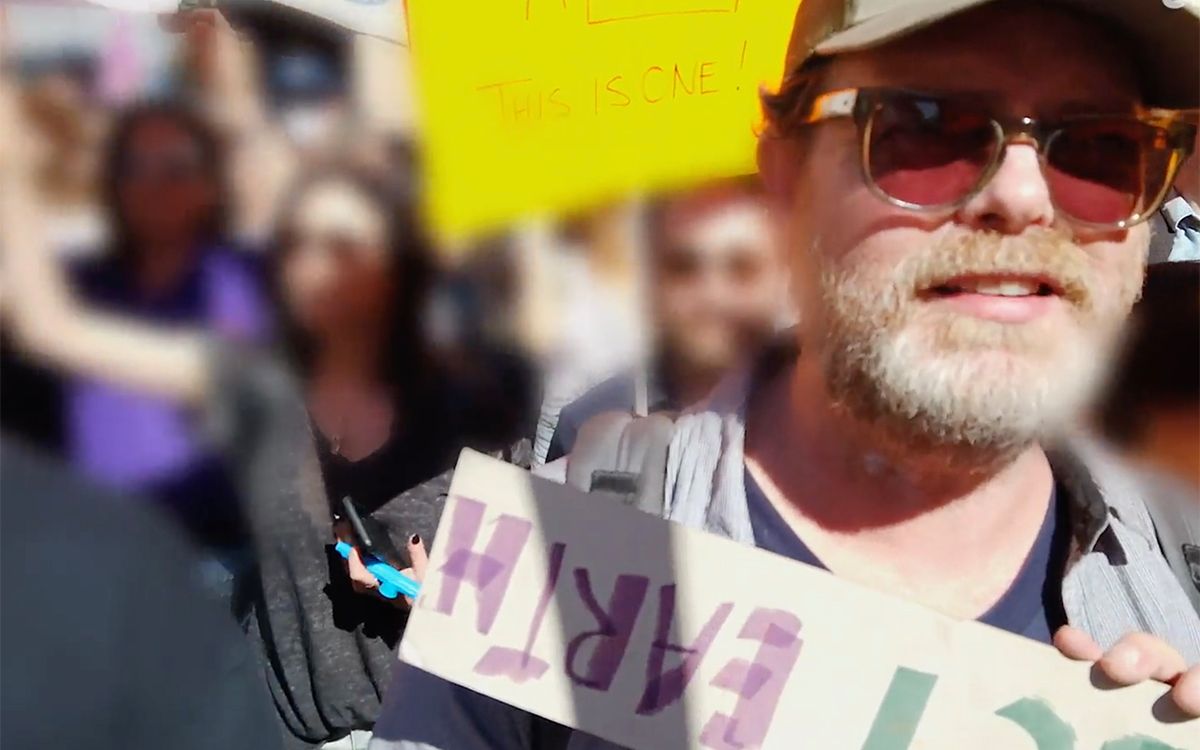 The idea, Wilson says, is that diehard fans of The Office who may be otherwise apathetic to the issue may tune in to see their favorite character joke about not understanding science. “Humor is the only way to get someone to watch,” Wilson told Sierra. “You have to make it fun and digestible, especially for a place like YouTube or Instagram.”
The idea, Wilson says, is that diehard fans of The Office who may be otherwise apathetic to the issue may tune in to see their favorite character joke about not understanding science. “Humor is the only way to get someone to watch,” Wilson told Sierra. “You have to make it fun and digestible, especially for a place like YouTube or Instagram.”
In planning the series, Wilson very intentionally opted not to gear his series toward activists or environmental studies majors, knowing other leaders already focused on rallying such advanced troops. Rather, he wanted to invite new people to care about the fate of the climate. When he pictured his intended audience, Wilson says he conjured a young person just approaching voting age in a family or community that doesn’t care about climate change. He envisioned someone curious about the issue but unsure of where they stood, and what they could do about it.
Thus, he spends a few episodes giving his mental audience a run-down of the science, then ends the series with action items. (He beseeches viewers to vote, cut down on beef consumption, bike more, and drive less, and use banks that divest from fossil fuels.)
But first, he has to convince them to care. He does so by going where celebrities turned climate activists nearly always go—the Arctic. This focus doesn’t lack reasoning: The poles are warming faster than the equator, and so the effects there are obvious, and disastrous. It’s also long been the poster child for climate change, with stranded polar bears and melting ice caps serving as banners for big environmental organizations. But that story has been told, and retold, and retold. And getting footage—like the up-close shots that Wilson provides—is no easy feat for people from the US. It takes a long international flight and a few helicopter rides, all of which pump out a lot of carbon.
To his credit, Wilson acknowledges as much. He talks to us from the airplane bathroom, lamenting the amount of carbon required to get him to Iceland and Greenland. “I don’t want to be one of those climate change hypocrites,” he tells audiences, assuring viewers that he is planning to offset the whole trip. (He is planting trees, he says, and supporting environmental organizations.)
This is a good step, but still, the whole trip feels sort of unnecessary. Why does Rainn Wilson have to go to Greenland to show us that the glaciers are melting? We have that footage already. And planting trees, while an important part of climate mitigation, is effective over a long time period, and is ultimately less effective than simply not flying across the world in the first place. The US has climate scientists too, and they could provide Wilson the same dire statistics that he gets out there. Besides, the whole thing perpetuates a tired view of climate change, one centered on far-off lands with complicated scientific problems, not on the people and places locally who are feeling the effects of global warming.
To Wilson, though, this line of thinking evokes the tired issue of policing who gets to talk about climate change and how they do it—one that he says only deters people from getting involved in the fight. Yes, everyone should fly less and own less stuff, he told Sierra, but the “constant campaign” against celebrities speaking about climate change only limits who gets invited into the fight.
“It’s always, ‘Oh, I bet he has three cars and a big house and he’s flying to Greenland and I’d like to see him making his own clothes out of sheep's wool,’” he told Sierra. “It’s a very effective means of silencing celebrity voices around this issue.”
Wilson says he hopes that An Idiot’s Guide to Climate Change can put out another season that serves to focus more on the US. The choice to visit the Arctic, he says, was largely driven by chance: He started working with an Arctic-based nonprofit, and they invited him to join them on a trip there.
Still, by focusing our attention on the Arctic, it feels like we’re still holding climate change at arm's length. There is so much potential for mobilization right now, and those who have risen to the top of the climate debate are not celebrities or even scientists—they are kids. Greta Thunberg, who Wilson interviews in one episode of his series, didn’t gain traction by being relatable or flippant or by posing in front of beautiful, endangered scenery. She did it by being passionate and rock solid on the facts, and by providing a vision for the future that other people could take part in. There are people who Greta and other youth activists haven’t reached yet, and Wilson very well may be the person to reach them. But when he does, he should take a page from their book, and tell a story about climate change that is focused on more than just melting sea ice.
 The Magazine of The Sierra Club
The Magazine of The Sierra Club
